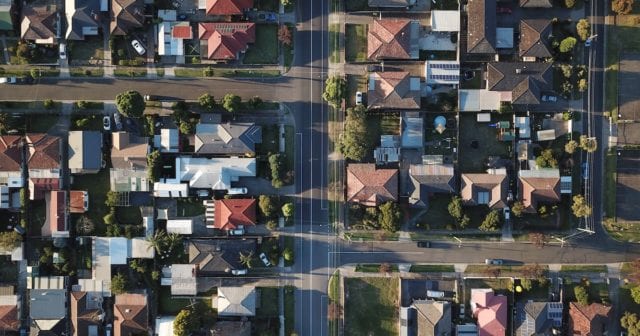Every home in North Carolina needs a homeowners insurance policy. When you’re buying a home with a lender, it might seem like just another box to check to get to the closing table. But if you don’t know what’s in your policy or what it covers, you can get a nasty surprise the first time you need to file a claim.
Make sure you understand what’s in your homeowners insurance policy and how it works. Here’s what you need to know.
What Your Homeowners Insurance Policy Covers
Your homeowners insurance policy covers multiple things. Each part of your insurance coverage is broken down into different sections.
- Dwelling: Your insurance coverage for your home in the event of damage or destruction.
- Other Structures: Insurance protection for buildings not attached to your main dwelling, which can include detached garages, workshops, and sheds.
- Personal Property: Your personal possessions not permanently attached to your dwelling or other structures which include furniture, clothing, computers, and more.
- Additional Living Expenses: This is the insurance coverage that takes care of costs you may have during a covered event like staying in a hotel until your home is repaired. To continue to be eligible for this, you must continue to make your mortgage payment on time during this time.
- Personal Liability: You’re covered against third party claims of injury or damaged property. This includes medical costs and legal action brought against you. You have this coverage at home and wherever you go.
Common Types of Homeowners Insurance
There are eight different types of homeowners insurance policies, but three are the most common. What type of insurance you have determines exactly what perils are covered and what kind of claim you can file.
HO-2: This is a basic named-peril insurance policy. Only specific perils are covered, and they will be named in your policy. If something happens to your home that isn’t listed, your insurance won’t cover it. Personal property is included in this coverage. It’s considered one of the most basic types of homeowners insurance.
HO-3: This is the most common type of homeowners insurance and it provides more coverage than an HO-2. HO-3 is an exclusion policy which means everything is covered except what’s listed in your policy. Personal property is still protected in this policy, but only against perils that would be listed in an HO-2 policy.
HO-4: This is what’s known as a renters insurance policy. A renter can purchase HO-4 coverage and have their personal property protected and receive liability protection in case someone gets hurts in their home or apartment.
Reading Your Homeowners Insurance Policy
A lot of information is included in an insurance policy, but the page you want to check each time you buy a new policy or its renewed is the Declaration Page. This summarizes your coverage and gives you quick information you need to know. Here’s what’s included:
- Policy number and policy period for current coverage
- Name and address of the policy owner
- Address of the property being insured
- Name of mortgagee, typically your mortgage lender
- Coverage total and limits of what is covered
- Deductible amounts and percentages
- Home-rating information
- Discounts you’ve received
- Premiums you owe for coverage
When you have questions about your policy that the declarations page can’t answer, contact an independent insurance agency like ours. We can walk you through the details.
Ready to get a homeowners insurance policy that provides better coverage at an affordable price? Contact Charlotte Insurance today for a free quote.

